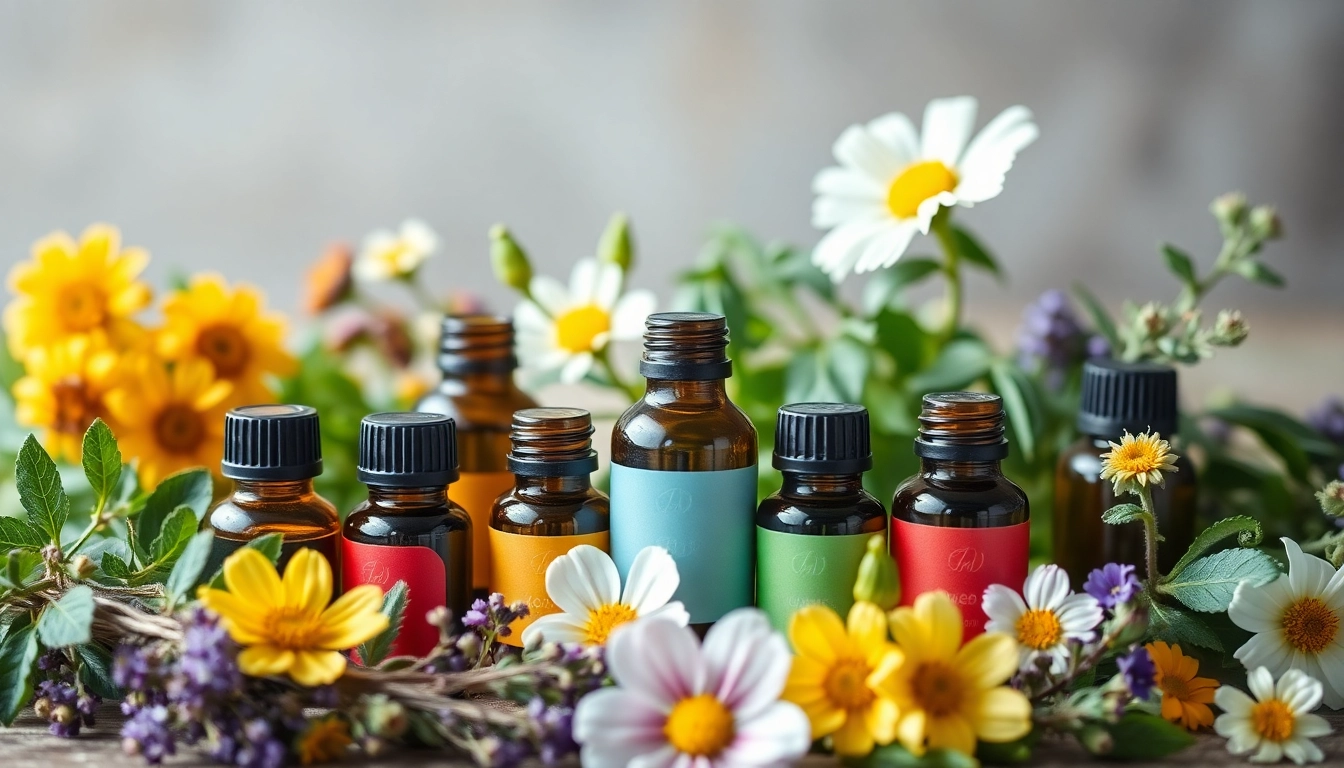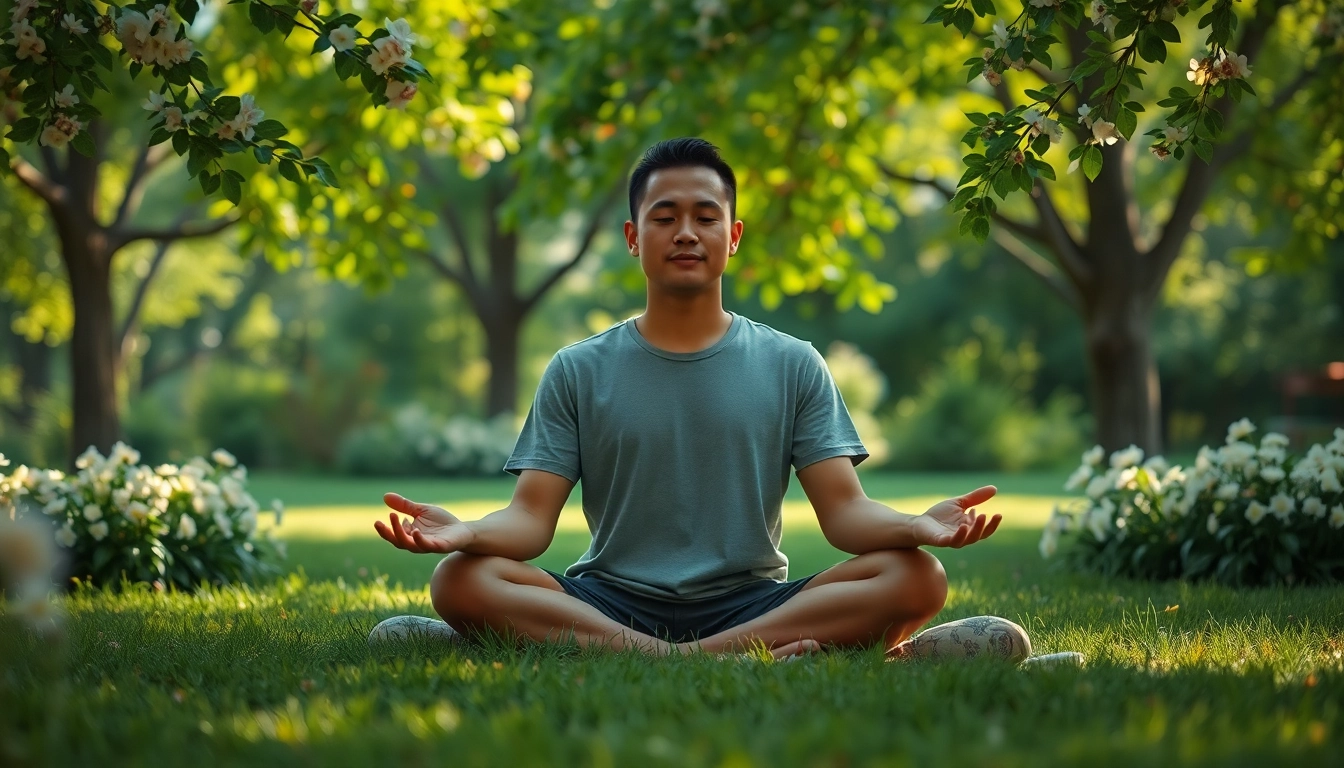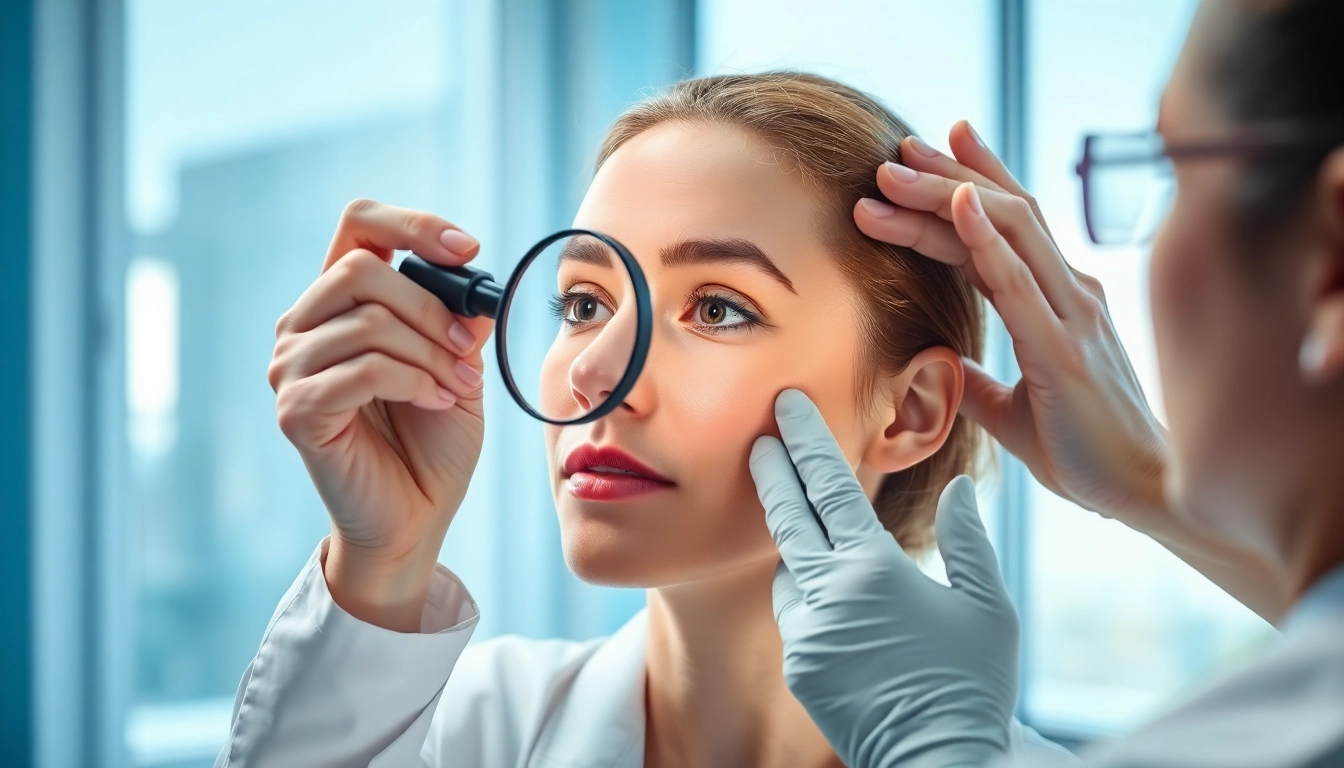Understanding Essential Oil
Essential oils have gained immense popularity in recent years, not just for their delightful fragrances but also for their myriad of health benefits. Whether you’re using them in aromatherapy, beauty routines, or even household cleaning, essential oil applications are extensive and varied. In this guide, we’ll delve into what essential oils are, how they are extracted, and the various types available on the market.
What Are Essential Oils?
Essential oils are concentrated extracts obtained from the leaves, stems, flowers, roots, and other parts of plants. These oils capture the plant’s scent, often referred to as its “essence,” and are widely used in a variety of applications, from personal care to holistic healing practices.
The unique chemical makeup of essential oils gives them their characteristic healing properties. This includes a wide range of compounds such as terpenes, alcohols, phenols, and esters, each contributing to the oil’s benefits and aromas. The therapeutic potential of these oils can be enhanced through various methods of application, making them a vital component of natural health care.
The Extraction Process
The extraction of essential oils is a delicate process that requires careful methods to preserve the natural integrity of the plant material. There are several primary methods used, including:
- Steam Distillation: This is the most common method, where steam is passed through plant material, and the essential oil is collected as it evaporates and condenses.
- Cold Pressing: Typically used for citrus oils, this technique involves mechanically pressing the citrus rinds to release the essential oils.
- Solvent Extraction: This method uses solvents to dissolve the essential oil, which is then separated from the solvent through evaporation. This technique is often used for delicate flowers.
- CO2 Extraction: This advanced technique uses pressurized carbon dioxide to extract essential oils. It’s known for retaining a more comprehensive profile of the plant’s compounds.
Different Types of Essential Oils
With an extensive variety of essential oils available, each offers distinct fragrances and benefits. Some of the most commonly used essential oils include:
- Lavender: Renowned for its calming properties, lavender oil is often used in aromatherapy to reduce anxiety and improve sleep quality.
- Eucalyptus: Commonly used as a natural remedy for respiratory issues, eucalyptus oil is also known for its stimulating effects.
- Peppermint: This oil is popular for its invigorating smell and is often utilized to enhance focus and concentration.
- Tea Tree: Known for its antibacterial and anti-inflammatory properties, tea tree oil is frequently used in skincare for treating acne.
- Lemon: This oil is uplifting and refreshing, often incorporated into cleaning products for its natural disinfectant properties.
The Therapeutic Uses of Essential Oil
Essential oils have been studied extensively for their therapeutic properties. Their applications can range from enhancing psychological well-being to addressing physical ailments. Below we discuss some of the prominent therapeutic uses of essential oils.
Aromatherapy for Stress Relief
Aromatherapy is a holistic healing practice that uses the natural fragrance of essential oils to promote overall well-being. By inhaling these oils, individuals can experience a shift in mood, often leading to stress relief. Oils like lavender, chamomile, and bergamot are particularly effective in reducing anxiety and promoting relaxation.
In fact, a study published in the Journal of Alternative and Complementary Medicine demonstrated that inhaling lavender essential oil significantly decreased cortisol levels, the hormone associated with stress. Incorporating essential oils into your daily routine can be as simple as diffusing them in your home, adding a few drops to a warm bath, or even using them in a personal inhaler for on-the-go stress relief.
Essential Oils in Natural Remedies
Beyond aromatherapy, essential oils can also be part of natural remedies for various ailments. Due to their potent properties, many essential oils can be utilized as part of home treatments. For instance:
- Tea Tree Oil: Often used topically to treat skin conditions like acne and athlete’s foot due to its antifungal and antiseptic capabilities.
- Peppermint Oil: Known for relieving headaches and digestive issues, peppermint oil can be diluted and applied to the temples or ingested in small amounts.
- Ginger Oil: This oil is beneficial for easing nausea. Inhaling its scent or using it in a tea can help alleviate symptoms of motion sickness.
Enhancing Mood and Energy Levels
Many essential oils are invigorating and can enhance mood and energy levels. Citrus oils like lemon and orange are uplifting and can help combat feelings of fatigue and lethargy. Additionally, oils such as rosemary and peppermint have been studied for their potential to improve cognitive performance and alertness.
For example, a research study found that participants who were exposed to rosemary essential oil exhibited improved memory and cognition compared to those who were not. Incorporating stimulating essential oils into your environment, whether through a diffuser in the workplace or a personal inhaler, can provide an energizing lift during a long day.
Selecting Quality Essential Oil
Choosing the right essential oil can be overwhelming given the myriad of options available. Ensuring the quality and purity of oils is essential to guarantee their effectiveness and safety. Let’s discuss how to identify quality essential oils.
Identifying Pure vs. Synthetic Oils
The essential oil market is rife with both pure and synthetic options. Pure essential oils are extracted directly from plants, while synthetic oils are often chemically manufactured to imitate the scent. Here are some tips to distinguish between them:
- Check for a botanical name on the label. Genuine oils will always specify the plant from which they are derived.
- Read the ingredient list. Pure oils should contain only the essential oil itself, without additives or fillers.
- Look for indications of purity, such as “100% pure” or “therapeutic grade.” However, be wary, as these terms are not regulated.
Reading Labels: What to Look For
Understanding the label on essential oil bottles can help you make more informed choices. Here are key elements to consider:
- Country of Origin: Authentic essential oils usually specify where the plants were grown, with many preferring specific regions known for quality.
- Extraction Method: Knowing whether the oil was steam distilled or cold-pressed can provide insight into its purity and therapeutic value.
- Expiration Date: Essential oils can degrade over time. Always check for expiration dates to ensure potency.
Understanding Sourcing and Sustainability
With growing environmental concerns, understanding the sourcing of essential oils is more important than ever. Many plants used in essential oil production may face overharvesting and habitat loss. Therefore, look for companies that prioritize sustainability in their farming practices. Organic certification is another indicator of responsible sourcing practices.
Brands that support sustainable initiatives often disclose their sourcing practices and prioritize fair trade, ensuring that farmers receive a living wage while conserving the ecosystem. By choosing responsibly sourced essential oils, consumers can enjoy their benefits while supporting environmental stewardship.
Using Essential Oil Safely
While essential oils offer a variety of benefits, they also require careful handling and understanding to ensure safety. Here are important guidelines to follow when using essential oils.
Dos and Don’ts of Essential Oil Use
To maximize the benefits of essential oils while minimizing risks, follow these dos and don’ts:
Dos:
- Do perform a patch test before applying a new oil topically to check for adverse reactions.
- Do consult with a healthcare professional, especially if you have underlying health conditions or are pregnant.
- Do use oils in well-ventilated areas to avoid overwhelming effects.
Don’ts:
- Don’t ingest essential oils unless you are under the guidance of a qualified practitioner.
- Don’t use oils near eyes, mucous membranes, or broken skin.
- Don’t leave essential oils in reach of children or pets, as some may be toxic to them.
Dilution Guidelines for Topical Applications
Essential oils are potent and often require dilution before topical application. Here are general dilution guidelines:
- For adults, a typical dilution is 2-3 drops of essential oil per teaspoon (5 ml) of carrier oil for general use.
- For children, a dilution of 1 drop per tablespoon (15 ml) of carrier oil is recommended.
- For sensitive areas (like the face), further dilution to half strength is advisable.
Using carrier oils such as jojoba, coconut, or olive oil can help extend the effectiveness of essential oils while minimizing skin irritation.
Storing Essential Oils Properly
How you store essential oils can greatly affect their potency and longevity. Here are best practices for storage:
- Store essential oils in a cool, dark place, away from direct sunlight and heat.
- Keep oils sealed tightly to prevent oxidation, which can diminish their therapeutic properties.
- Use dark glass bottles for storage, as they protect oils from UV light and help preserve their efficacy.
Integrating Essential Oil into Daily Life
Incorporating essential oils into your daily routine can enhance well-being and create a more pleasant living environment. Below, we explore various practical applications for essential oils.
Home Uses: Cleaning and Freshening
Essential oils can be fantastic alternatives to conventional cleaning products, offering natural disinfectant properties and pleasant aromas. For instances:
- Tea Tree Oil: Renowned for its antibacterial properties, it can be added to cleaning solutions to sanitize surfaces.
- Lemon Oil: With its fresh scent, lemon oil can improve the grease-cutting power in homemade cleaners.
- Lavender Oil: Not only does it add fragrance, but it can also help eliminate odors around the home.
Creating a simple all-purpose cleaner can be as easy as mixing vinegar, water, and a few drops of your favorite essential oil.
DIY Recipes for Blends and Bath Soaks
Crafting your blends or bath soaks can personalize aromatherapy experiences. Here are simple DIY recipes you can try:
- Relaxing Bath Soak: Combine 1 cup of Epsom salts, 1/2 cup of baking soda, and 10 drops of lavender oil for a soothing bath experience.
- Invigorating Diffuser Blend: Mix 3 drops of peppermint, 3 drops of lemon, and 2 drops of rosemary for an energizing aroma in your space.
- Calming Pulse Point Roll-On: Dilute 10 drops of chamomile oil into 10 ml of carrier oil and apply to pulse points for relaxation on the go.
Essential Oil in Personal Care Products
Many commercial personal care products incorporate essential oils for their fragrance and functional properties. You can also customize your personal care routine using essential oils:
- Facial Serums: Adding a few drops of tea tree or frankincense oil to your moisturizer can enhance its therapeutic effects for acne treatment or skin nourishment.
- Homemade Deodorants: Create a natural deodorant using coconut oil, baking soda, and essential oils like lavender or tea tree for antibacterial properties.
- Hair Care: Incorporate oils like rosemary or cedarwood into your shampoo for improved scalp health and hair growth.
By incorporating essential oils into daily life, individuals can enjoy a more holistic approach to wellness, taking advantage of the diverse benefits they provide.



